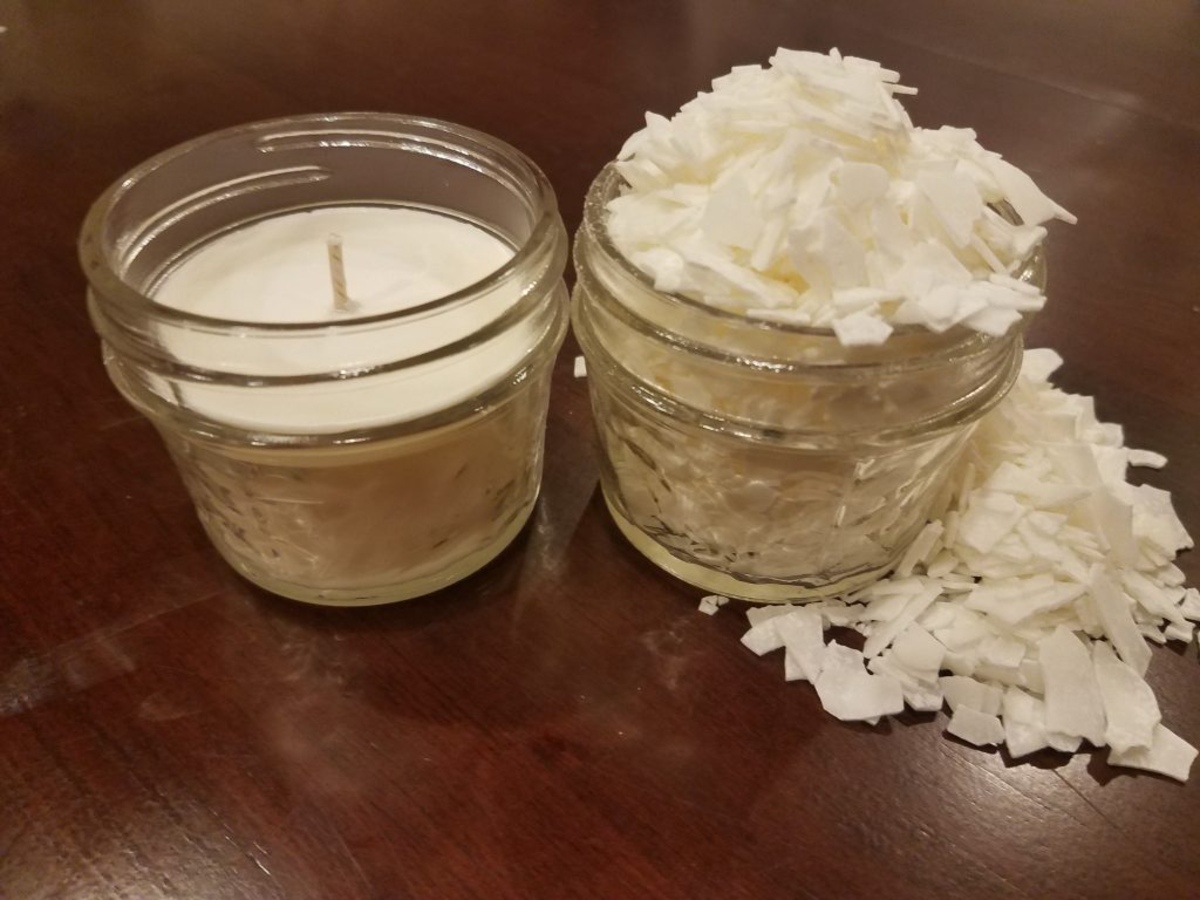

Articles
How To Calculate Amount Of Wax For Candles
Modified: January 9, 2024
Learn how to calculate the perfect amount of wax for your candle making projects with our informative articles. Tips and tricks for candle enthusiasts.
(Many of the links in this article redirect to a specific reviewed product. Your purchase of these products through affiliate links helps to generate commission for Storables.com, at no extra cost. Learn more)
Introduction
Welcome to the enchanting world of candle making, where creativity and craftsmanship come together to create beautiful and aromatic candles. Whether you’re a beginner or an experienced candle maker, understanding the amount of wax needed for each candle is crucial for a successful and satisfying experience.
The wax-to-candle ratio is an essential factor to consider when calculating the amount of wax needed for your candles. This ratio determines how much wax is required to fill a specific candle container or mold, ensuring that you have enough wax to produce a well-formed and long-lasting candle.
In this article, we will guide you through the process of estimating the wax amount per candle, calculating wax quantities for different candle sizes, adjusting wax quantities for molded candles, and considering wax variations and additives.
Whether you prefer the warm glow of a tealight candle or the elegance of a pillar candle, understanding the amount of wax needed will empower you to create candles that burn beautifully and radiate a comforting ambiance in your home or as gifts for your loved ones.
So let’s dive into the world of candle making and discover the secrets of calculating the perfect amount of wax for your candles.
Key Takeaways:
- Master the art of candle making by understanding the wax-to-candle ratio, estimating wax amounts, and considering variations and additives to create stunning, aromatic candles that captivate the senses.
- Embrace creativity and experimentation in candle making, from calculating wax quantities for different sizes and molds to adjusting for wax variations and additives, to craft visually appealing and technically proficient candles.
Understanding the Wax-to-Candle Ratio
When it comes to candle making, understanding the wax-to-candle ratio is essential to ensure that your candles burn evenly and efficiently. The wax-to-candle ratio refers to the amount of wax required to fill a specific candle container or mold.
To calculate the wax-to-candle ratio, you need to consider factors such as the volume of the container or mold and the type of wax you are using. Different candle designs and sizes require different ratios to achieve the desired outcome.
One commonly used rule of thumb is to fill your container or mold to about 80% with wax to allow for expansion during the cooling process. This leaves enough space for the wax to release any air bubbles and settle evenly.
It’s important to note that the wax-to-candle ratio can vary depending on the type of wax you’re using. For example, soy wax has a lower density than paraffin wax, which means you may need to use slightly more soy wax to achieve the same volume in your candles.
Additionally, the type of wick you choose can also affect the wax-to-candle ratio. Different wick sizes and materials can impact how the wax burns and how much fuel it consumes. It’s important to research and experiment with different wick options to find the best fit for your candles.
By understanding the wax-to-candle ratio and considering factors like container size, wax type, and wick selection, you can create candles that burn evenly, produce a beautiful glow, and maximize their burn time.
Now that we have a better understanding of the wax-to-candle ratio, let’s move on to estimating the wax amount per candle.
Estimating Wax Amount per Candle
Estimating the amount of wax needed for each candle is a crucial step in candle making. This estimation ensures that you have enough wax to fill your chosen container or mold and create a well-formed candle. To estimate the wax amount per candle, you’ll need to consider factors such as candle size, desired wax height, and the type of wax you’re using.
Here’s a step-by-step guide to help you estimate the wax amount per candle:
- Start by measuring the volume of your candle container or mold. You can do this by filling it with water and pouring the water into a measuring cup. Alternatively, you can use a formula to calculate the volume based on the dimensions of the container or mold.
- Determine the desired wax height in your container or mold. This will depend on the type of candle you want to create. For example, if you’re making a jar candle, you may want the wax to fill the container almost to the rim. It’s important to leave some space at the top for the wick and any decorative elements.
- Calculate the volume of wax needed by multiplying the volume of the container or mold by the desired wax height. For example, if you have a container with a volume of 10 ounces and you want the wax to fill it up to 8 ounces, multiply 10 ounces by 0.8 to get 8 ounces.
- Adjust the wax amount based on the type of wax you’re using. As mentioned earlier, different types of wax have different densities. This means you may need to use slightly more or less wax to achieve the desired volume. Consult the wax manufacturer’s guidelines or do some testing to determine the appropriate adjustment.
Keep in mind that these estimations are not always exact, as variables such as air bubbles, decorative elements, or variations in the pouring process can affect the final wax amount. It’s always a good idea to have some extra wax on hand to ensure you don’t run out during the candle-making process.
Now that you have a rough estimate of the wax amount per candle, let’s move on to calculating the wax for different candle sizes.
Calculating Wax for Different Candle Sizes
When it comes to candle making, there is a wide variety of candle sizes to choose from. Whether you’re making small votive candles or large pillar candles, calculating the amount of wax needed for each size is essential to ensure a successful outcome. Here’s how you can calculate the wax needed for different candle sizes:
1. Determine the desired volume of your candle. This will depend on the size and shape of the candle you want to create. For example, if you’re making a 3-inch diameter pillar candle, you may want it to be 6 inches tall. Use the formula for the volume of a cylinder (V = πr^2h) to calculate the volume.
2. Convert the volume into ounces or grams, depending on your preferred unit of measurement. This will make it easier to measure the wax quantity accurately. You can use online conversion tools or reference charts to convert the volume into weight.
3. Adjust the wax quantity based on the wax-to-candle ratio. As mentioned earlier, different containers and molds require different ratios to achieve optimal results. Multiply the desired wax quantity by the appropriate ratio to calculate the adjusted wax amount.
4. Consider any additional factors that may affect the wax quantity. For example, if you’re adding fragrance oils, colorants, or other additives to your candles, factor in the additional volume these substances will occupy and adjust the wax quantity accordingly.
5. Take into account any potential wax loss during the pouring process. It’s common to lose a small amount of wax due to spillage or trapped air bubbles. To be on the safe side, consider adding a small percentage (around 10%) to the calculated wax quantity to account for any potential loss.
By following these steps, you can accurately calculate the amount of wax needed for different candle sizes. Remember to always keep track of your measurements and adjust accordingly based on the specific requirements of your candle-making project.
Next, let’s explore how to adjust wax quantities for molded candles.
When calculating the amount of wax needed for candles, a general rule of thumb is to use 1 pound of wax for every 20 ounces of finished candle. Keep in mind that this may vary depending on the size and type of candle you are making.
Adjusting Wax Quantities for Molded Candles
Molded candles add a touch of uniqueness and creativity to your candle collection. Whether you’re using silicone molds, metal molds, or custom-made molds, adjusting the wax quantity is crucial to achieve the desired shape and size of your molded candles. Here’s how you can adjust the wax quantities for molded candles:
1. Determine the volume of the mold. Fill the mold with water and pour the water into a measuring cup to measure the volume. Alternatively, you can calculate the volume by multiplying the length, width, and height of the mold. Make sure to measure in the same unit of measurement you plan to use (ounces or grams).
2. Calculate the desired wax quantity based on the volume of the mold. Multiply the mold volume by the desired wax-to-candle ratio. This ratio will depend on the type of candle you want to create and the characteristics you want it to have. For example, if you’re making a decorative pillar candle, you may want to use a higher wax-to-candle ratio to ensure a smooth surface and a sturdy shape.
3. Consider any additional wax needed for a consistent texture. Depending on the size and shape of the mold, the wax at the bottom of the mold may cool faster than the wax at the top. To ensure a consistent texture throughout the candle, you may need to add a bit more wax to compensate for the shrinkage that occurs during cooling.
4. Take into account any additives or embellishments you plan to use. If you’re adding colorants, fragrance oils, or other additives to your molded candles, make sure to adjust the wax quantity accordingly. These additions will occupy space within the mold, so be mindful of any volume changes they may introduce.
5. Test and adjust as needed. Keep in mind that adjusting wax quantities for molded candles may involve some trial and error. It’s always a good idea to make a small test candle first to see if the amount of wax you’ve calculated is accurate for the size and shape of your mold. If needed, make adjustments and retest until you achieve the desired results.
By following these steps and experimenting with different molds and wax quantities, you can create beautifully shaped molded candles that reflect your creativity and style.
Next, let’s explore the importance of considering wax variations and additives in your candle-making process.
Read more: How To Dye Wax For Candles
Considering Wax Variations and Additives
When it comes to candle making, wax variations and additives can greatly influence the final result of your candles. Understanding how different waxes and additives behave will help you make informed decisions and create candles that meet your desired specifications. Here are a few important factors to consider:
1. Wax Variations:
There are various types of waxes available in the market, each with its own characteristics and properties. Some common types include paraffin wax, soy wax, beeswax, and palm wax. Consider the melting point, scent throw, burn time, and texture of each wax before choosing the one that aligns with your goals for the candle.
2. Additives:
Adding additives to your wax can enhance its performance and appearance. For example, stearic acid can help harden the wax and improve its ability to hold fragrance. Vybar can increase scent throw and improve the overall texture of the candle. Colorants, such as liquid dyes or powdered pigments, can be added to create unique and eye-catching candles. Be sure to carefully follow guidelines and recommended usage levels when incorporating additives.
3. Fragrance Oils:
Fragrance oils are a popular addition to candles, as they create beautiful scents to enhance the ambiance of any space. When using fragrance oils, it’s essential to consider their compatibility with the specific wax you’re using. Some fragrances work better with certain waxes, and some may require higher percentages of fragrance oil to achieve the desired scent throw. Experimentation and testing may be necessary to strike the right balance.
4. Colorants:
Colorants can add vibrancy and visual appeal to your candles. There are various types of colorants available, including dyes, pigments, and mica powders. Consider the compatibility of the colorant with your chosen wax and the desired effect you want to achieve. Keep in mind that certain dyes may affect the burn characteristics of the candle, so it’s important to find the right balance between aesthetics and performance.
5. Safety Considerations:
When working with additives and fragrance oils, it’s important to prioritize safety. Follow safety guidelines provided by the manufacturers, use proper protective equipment, and handle all materials with care. Some additives and fragrances may have specific handling instructions, so be sure to read and understand them before use.
By carefully considering wax variations and additives, you can take your candle-making skills to the next level and create unique and exquisite candles that delight the senses.
Now that we’ve explored the importance of wax variations and additives, let’s conclude our journey through the art of calculating the perfect amount of wax for your candles.
Conclusion
Candle making is a beautiful blend of art and science, and calculating the perfect amount of wax for your candles is an essential step in the process. By understanding the wax-to-candle ratio, estimating the wax amount per candle, calculating wax for different candle sizes, adjusting quantities for molded candles, and considering wax variations and additives, you can create candles that burn beautifully, look stunning, and fill any space with captivating aromas.
Throughout this article, we’ve explored various aspects of wax calculation, from understanding the importance of the wax-to-candle ratio to adjusting quantities based on different candle sizes and molds. We’ve also delved into the significance of considering wax variations and additives, such as fragrance oils and colorants, to customize your candles to your preferences.
Remember, while these calculations provide a great starting point, candle making is an art, and experimentation is key. Don’t be afraid to test and adjust your methods to achieve the desired results. Take note of your measurements and any modifications you make along the way to create a record of your successful candle-making formulas.
So, whether you’re crafting candles for personal enjoyment, giving them as thoughtful gifts, or even starting a candle-making business, paying attention to the details of wax calculation will set you on the path to achieving candles that are both visually appealing and technically proficient.
Now, armed with the knowledge of the wax-to-candle ratio, how to estimate wax amounts, calculate for different sizes and molds, and consider wax variations and additives, you are well-equipped to embark on your candle-making journey. Enjoy the process, nurture your creativity, and let your candles become a reflection of your artistic vision.
Happy candle making!
Frequently Asked Questions about How To Calculate Amount Of Wax For Candles
Was this page helpful?
At Storables.com, we guarantee accurate and reliable information. Our content, validated by Expert Board Contributors, is crafted following stringent Editorial Policies. We're committed to providing you with well-researched, expert-backed insights for all your informational needs.
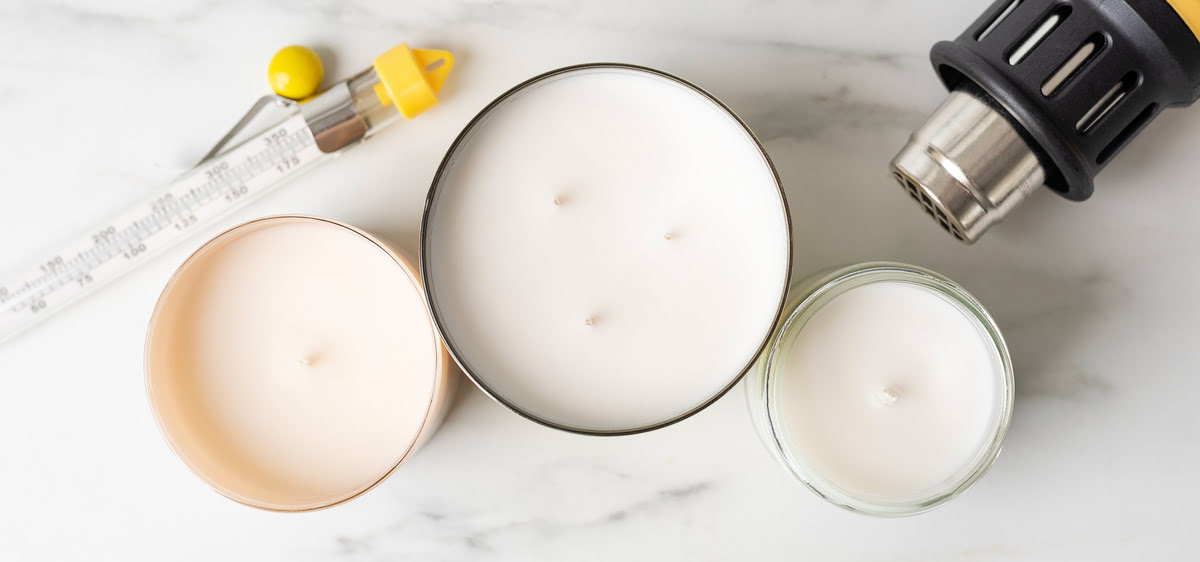
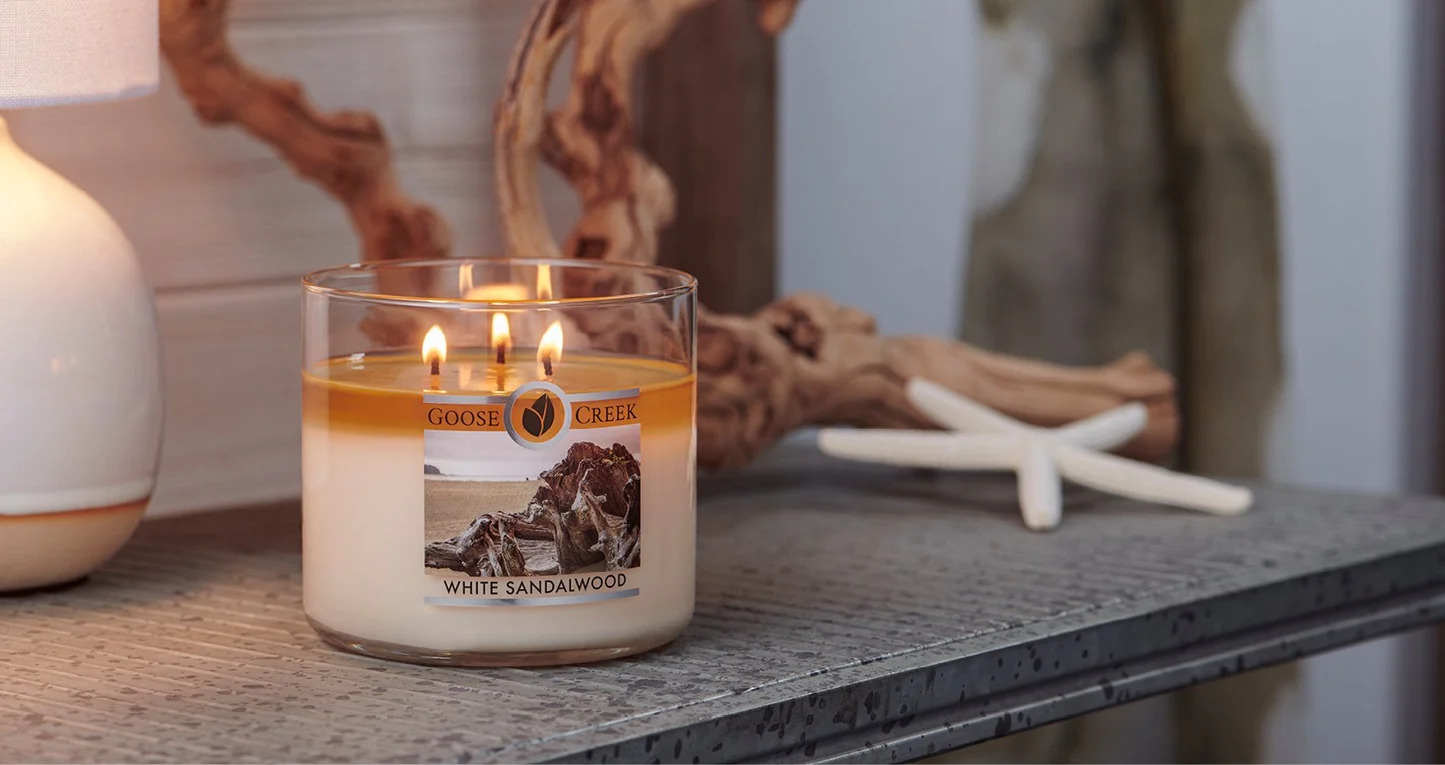
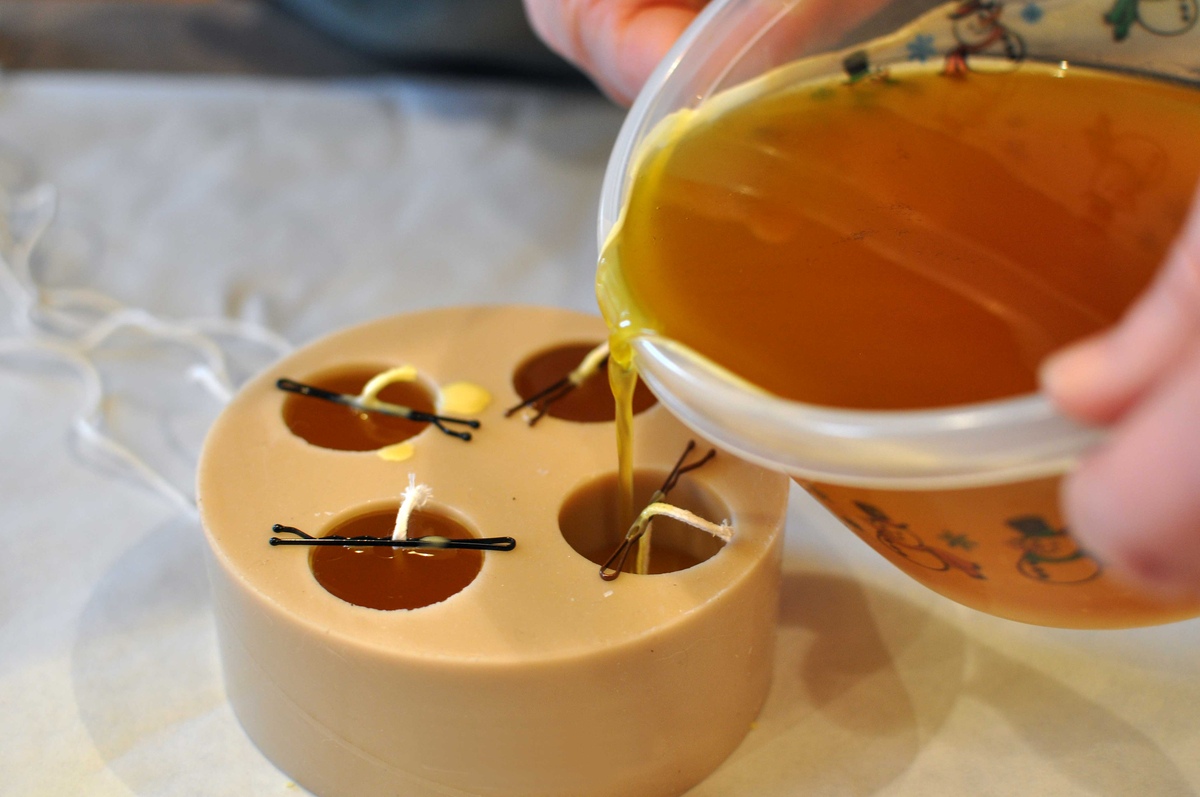
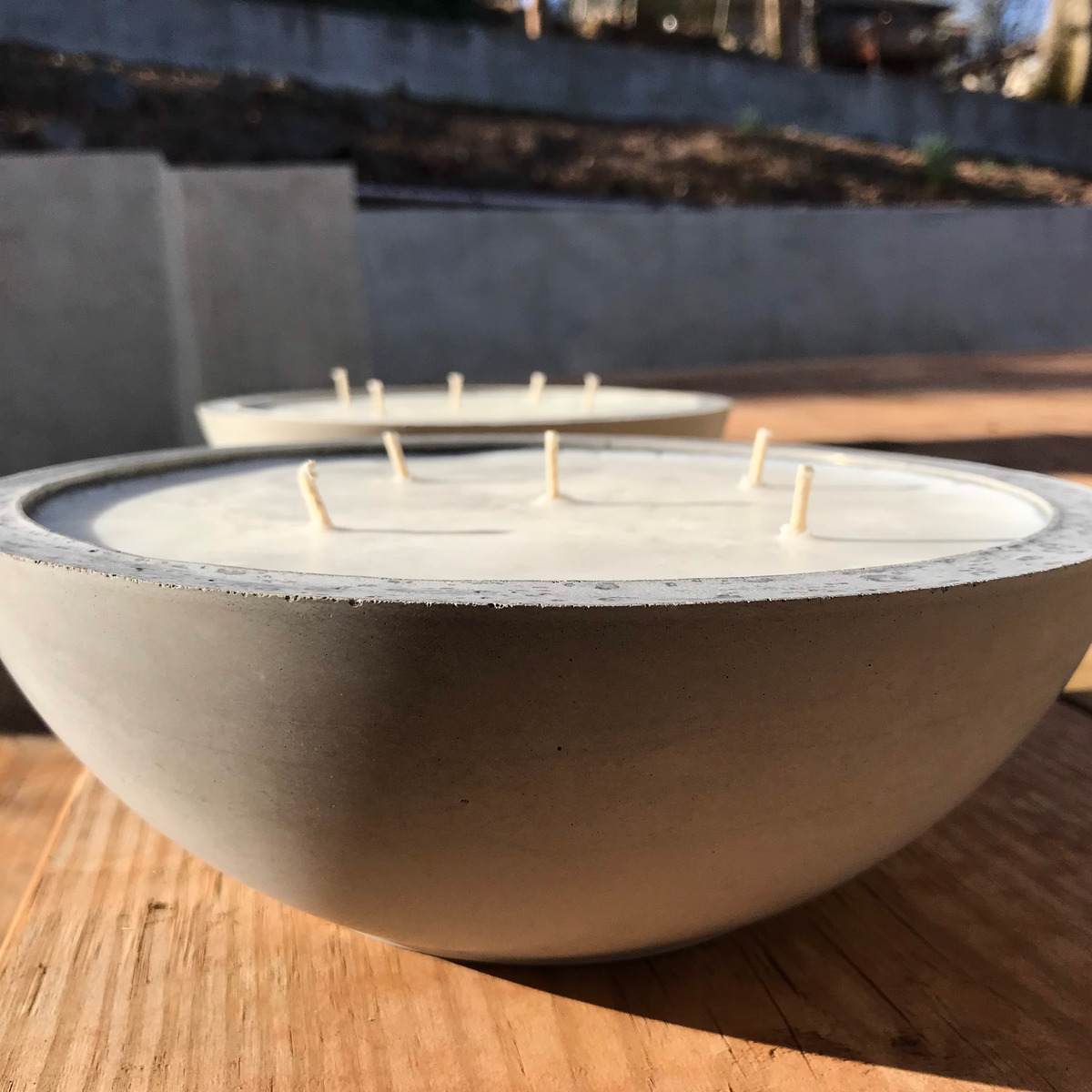
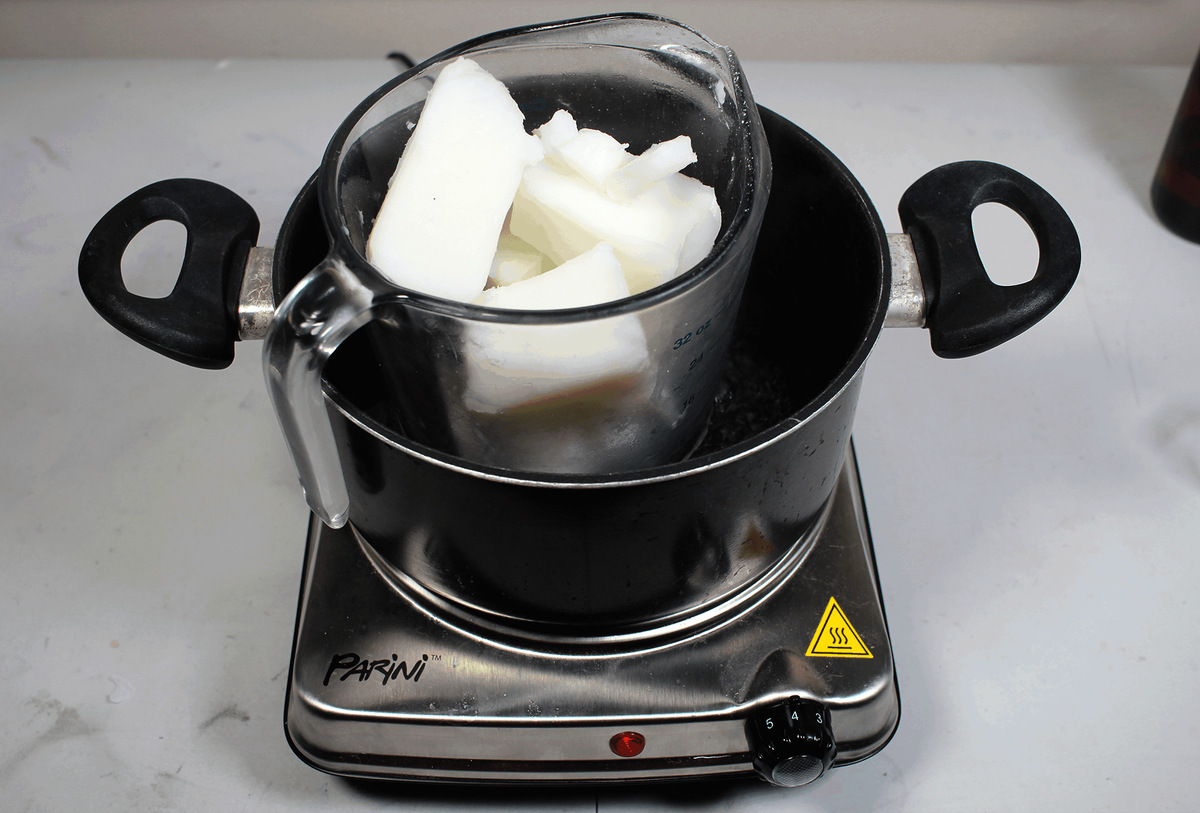
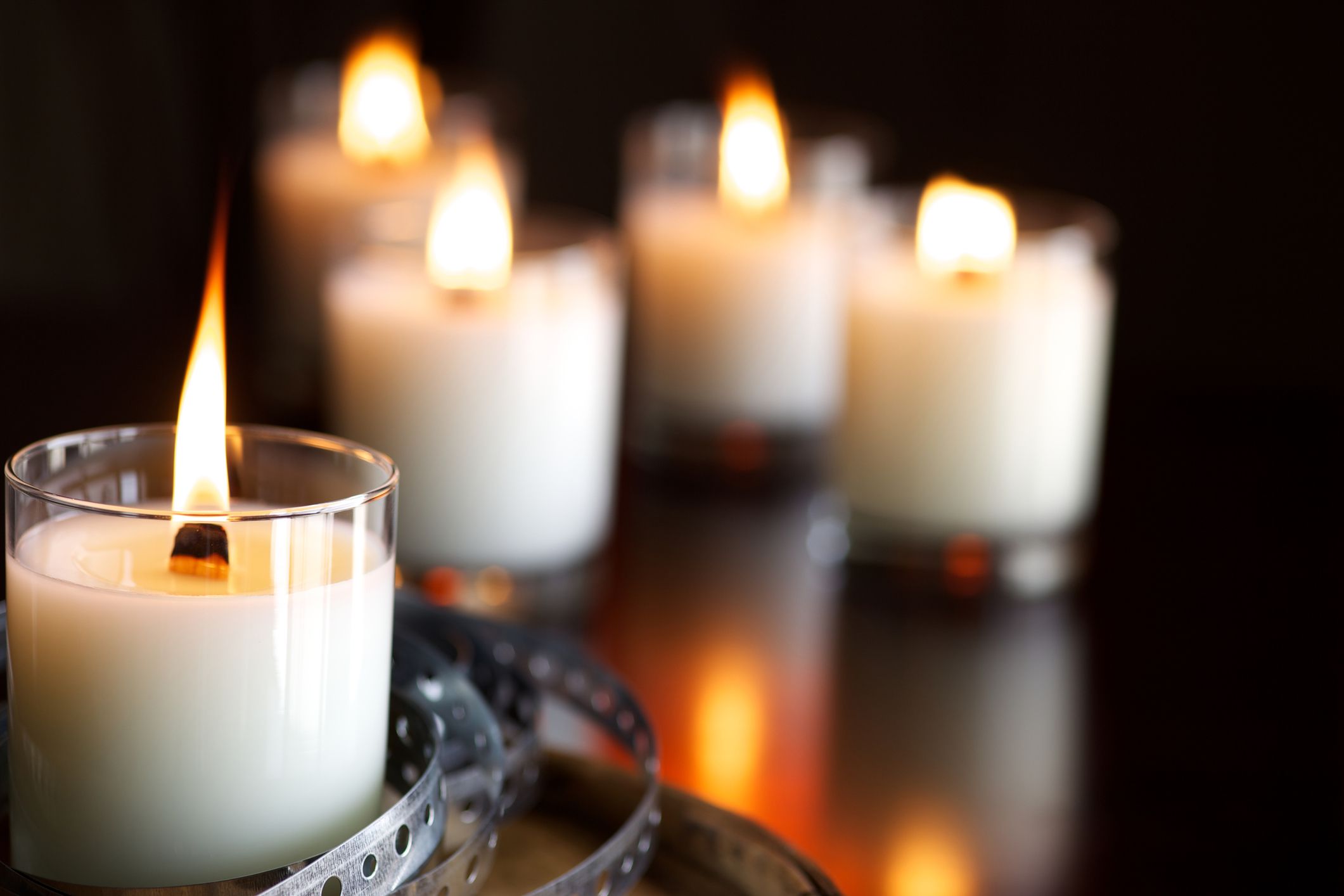
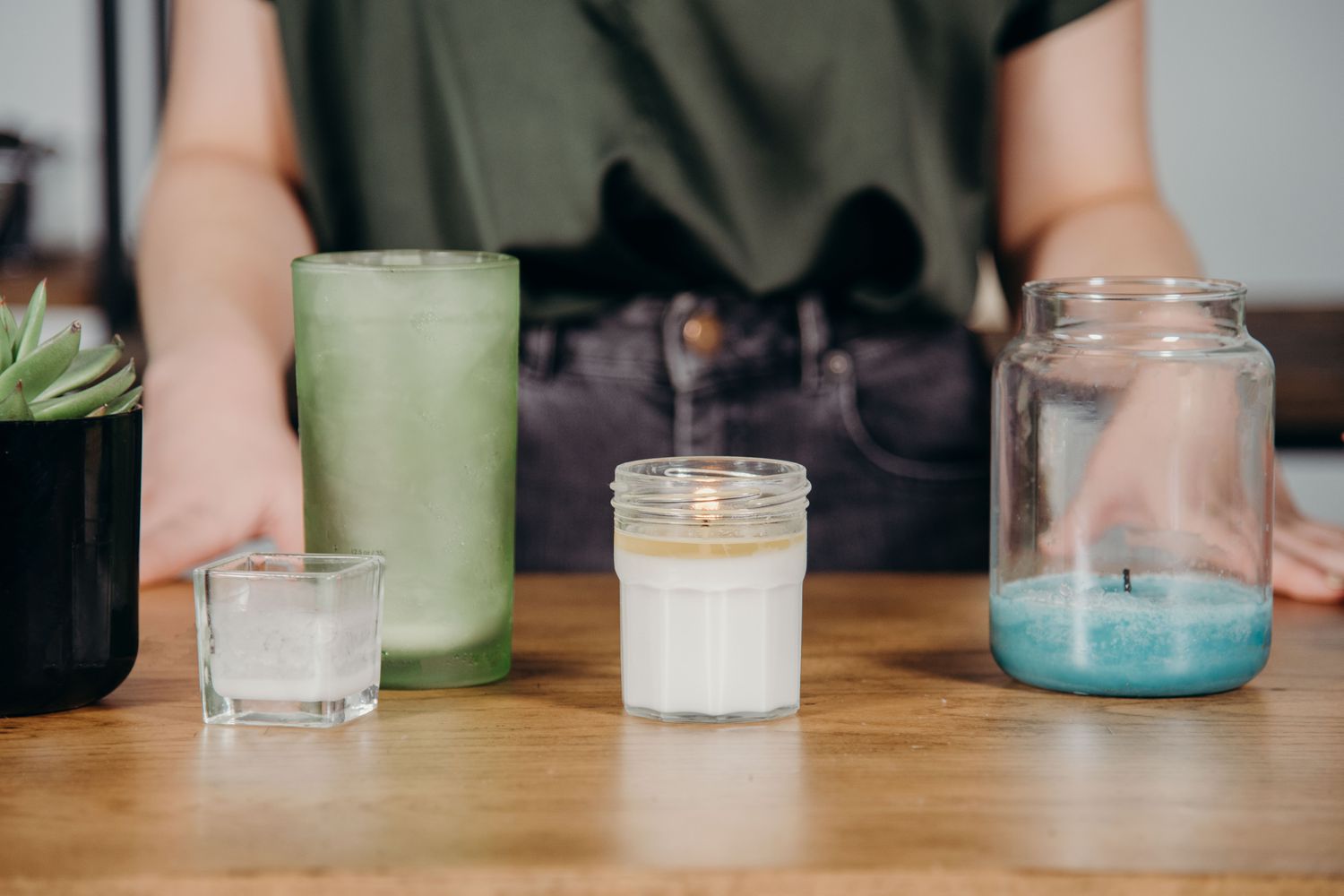

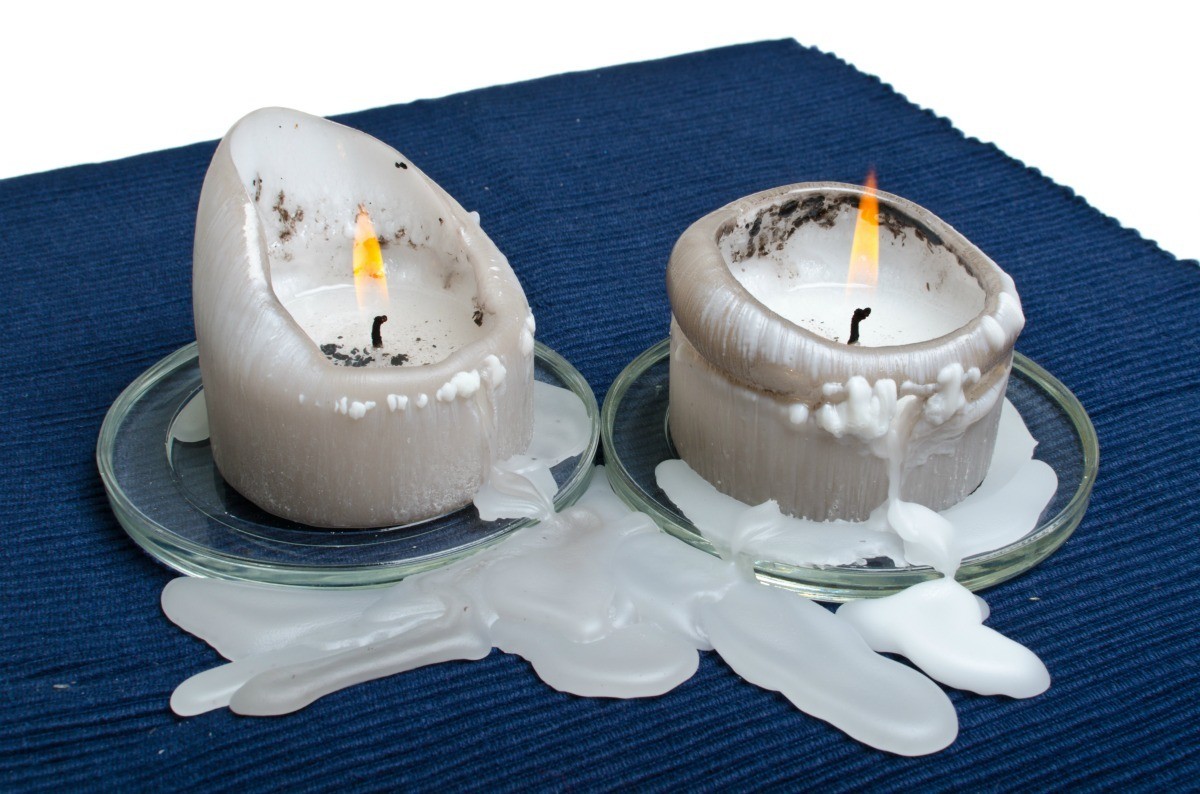
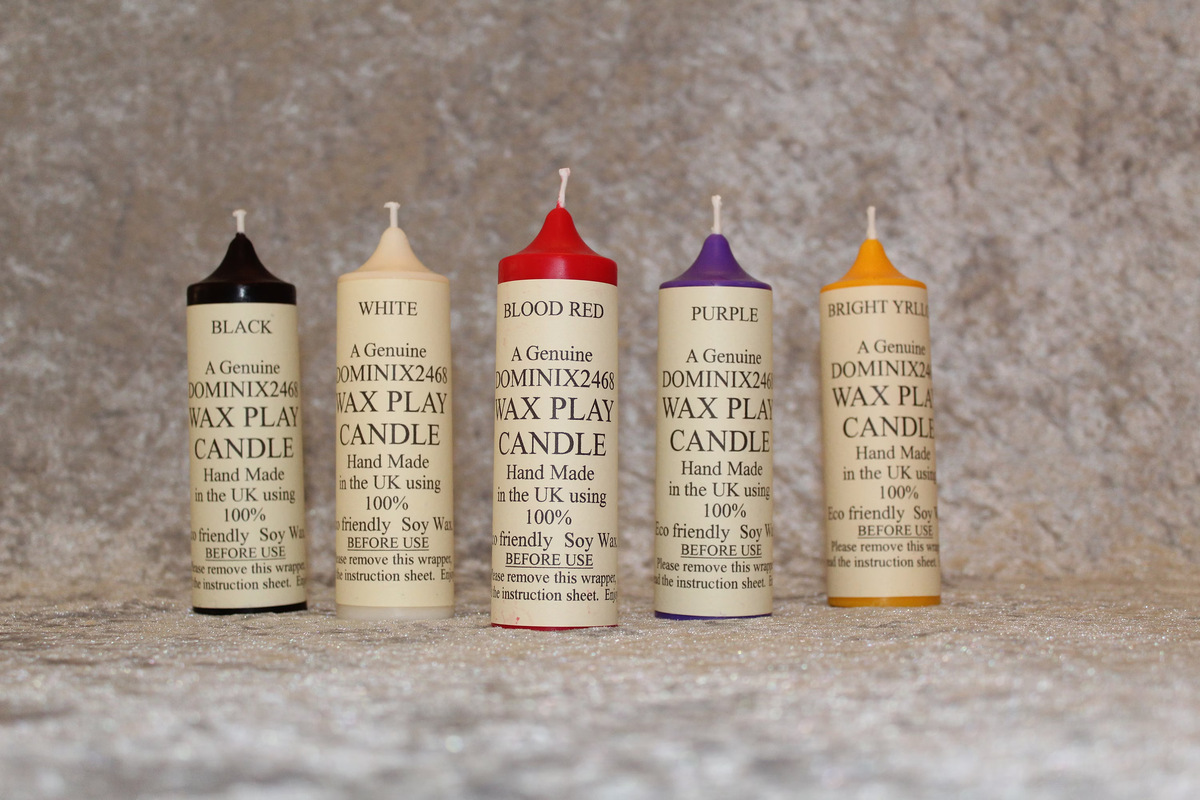
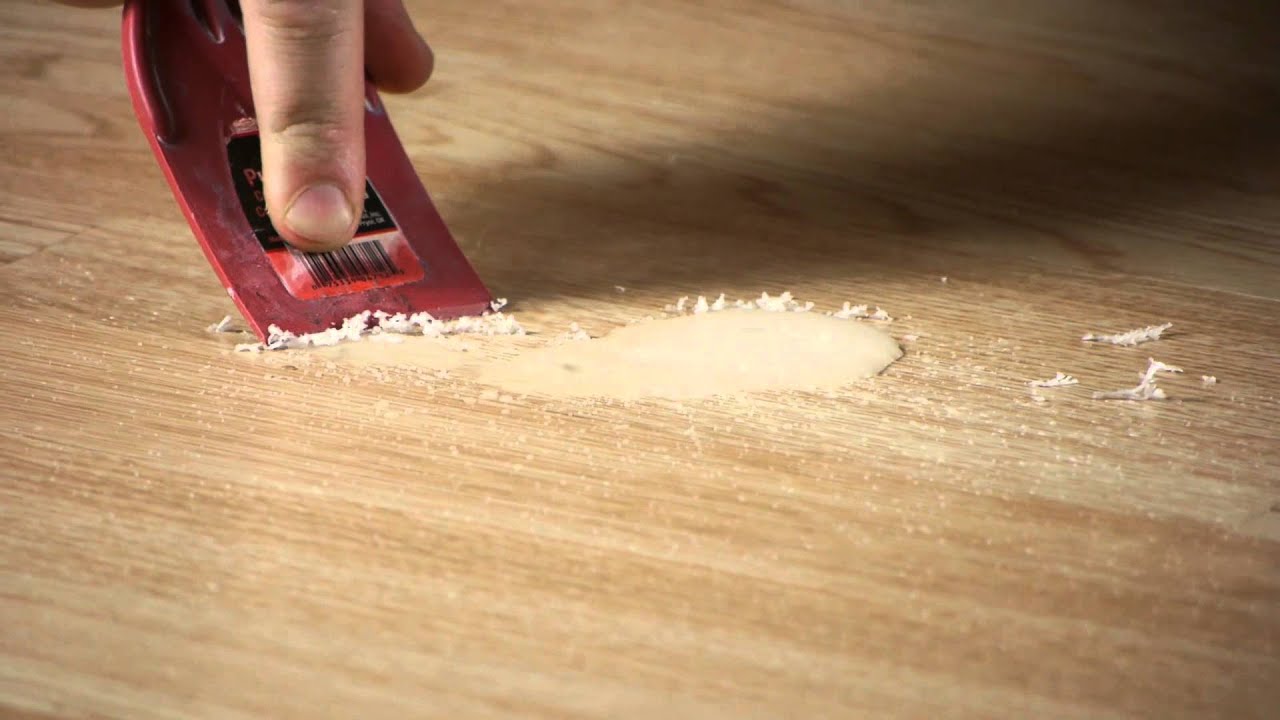
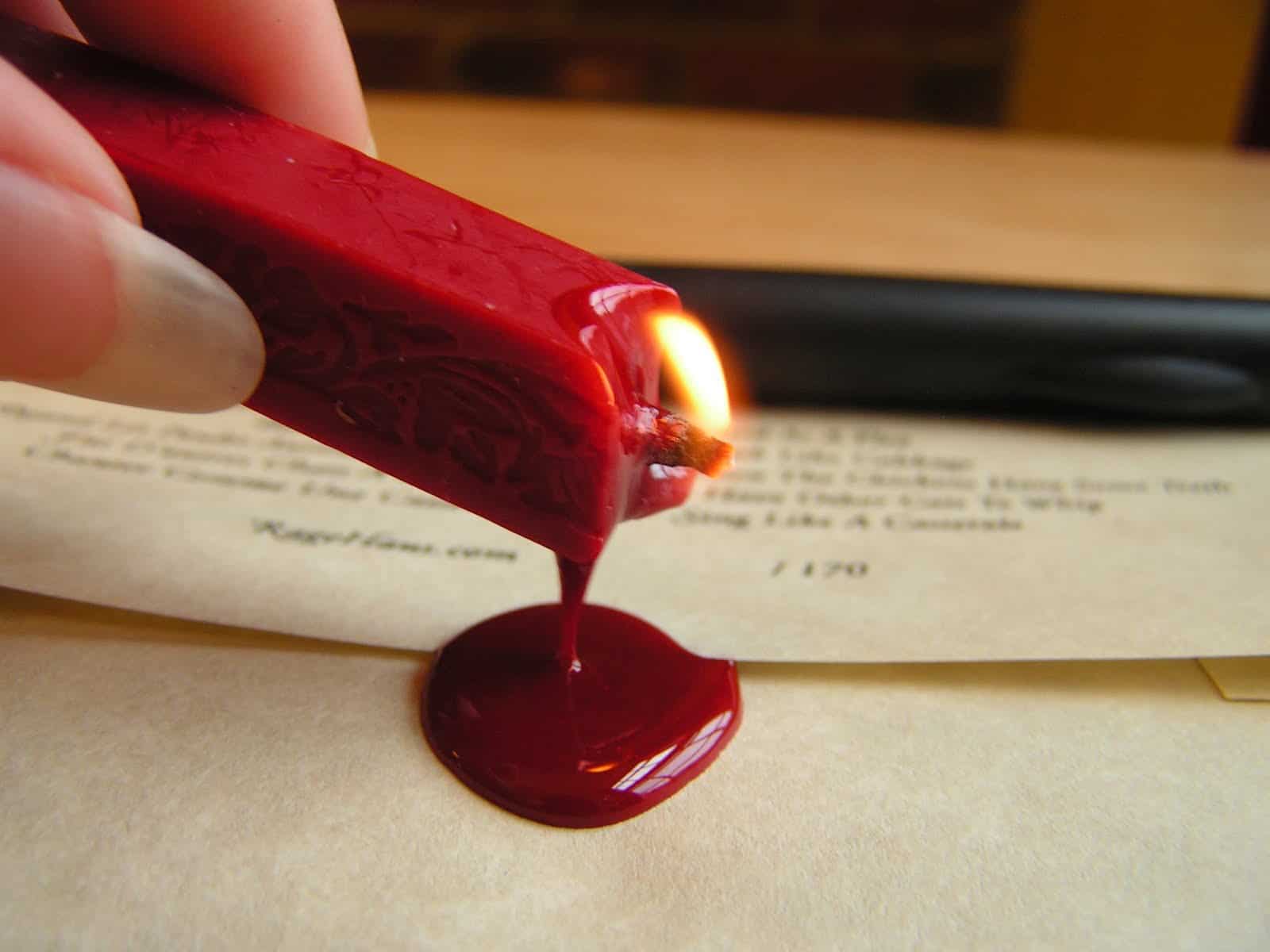
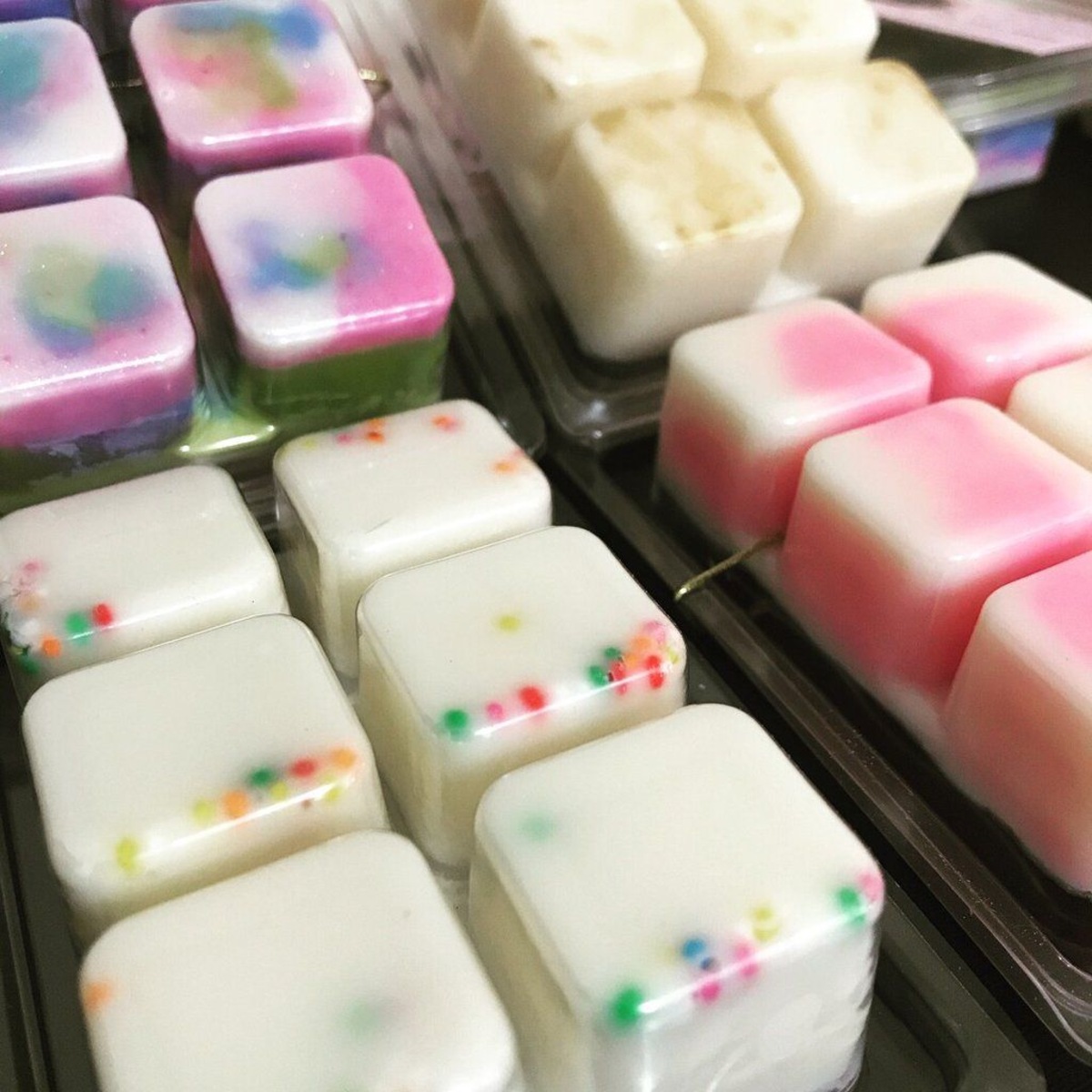
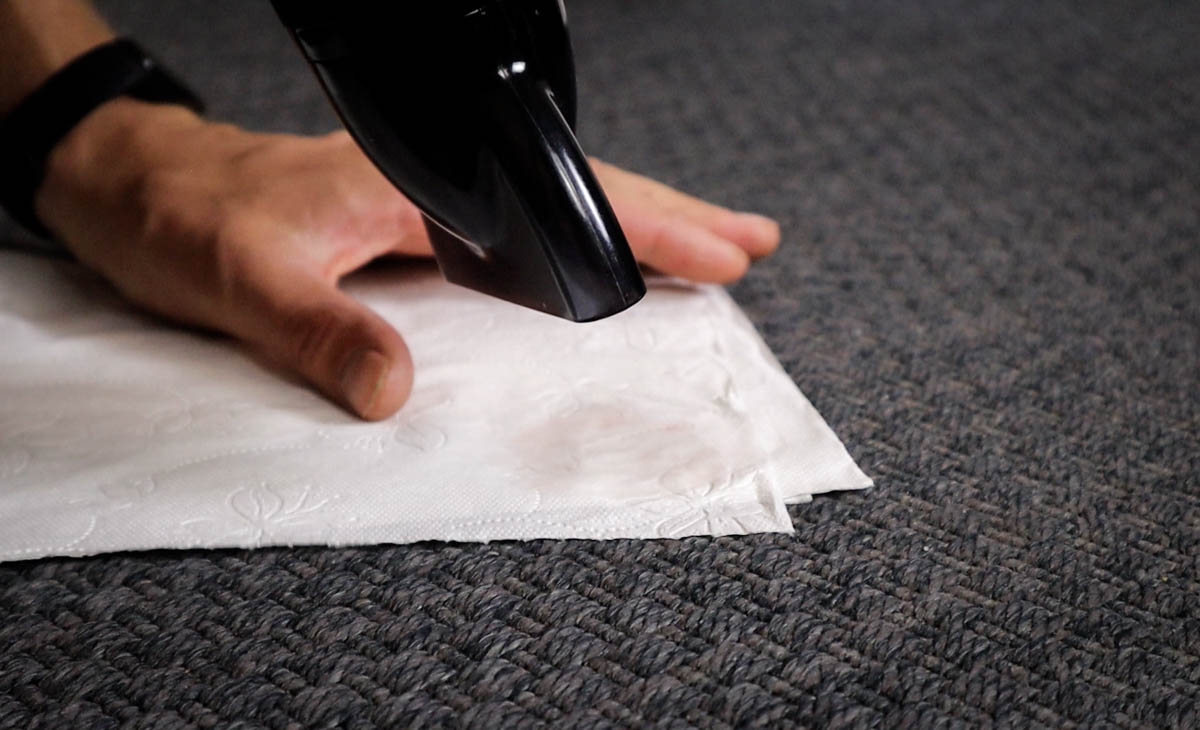

0 thoughts on “How To Calculate Amount Of Wax For Candles”